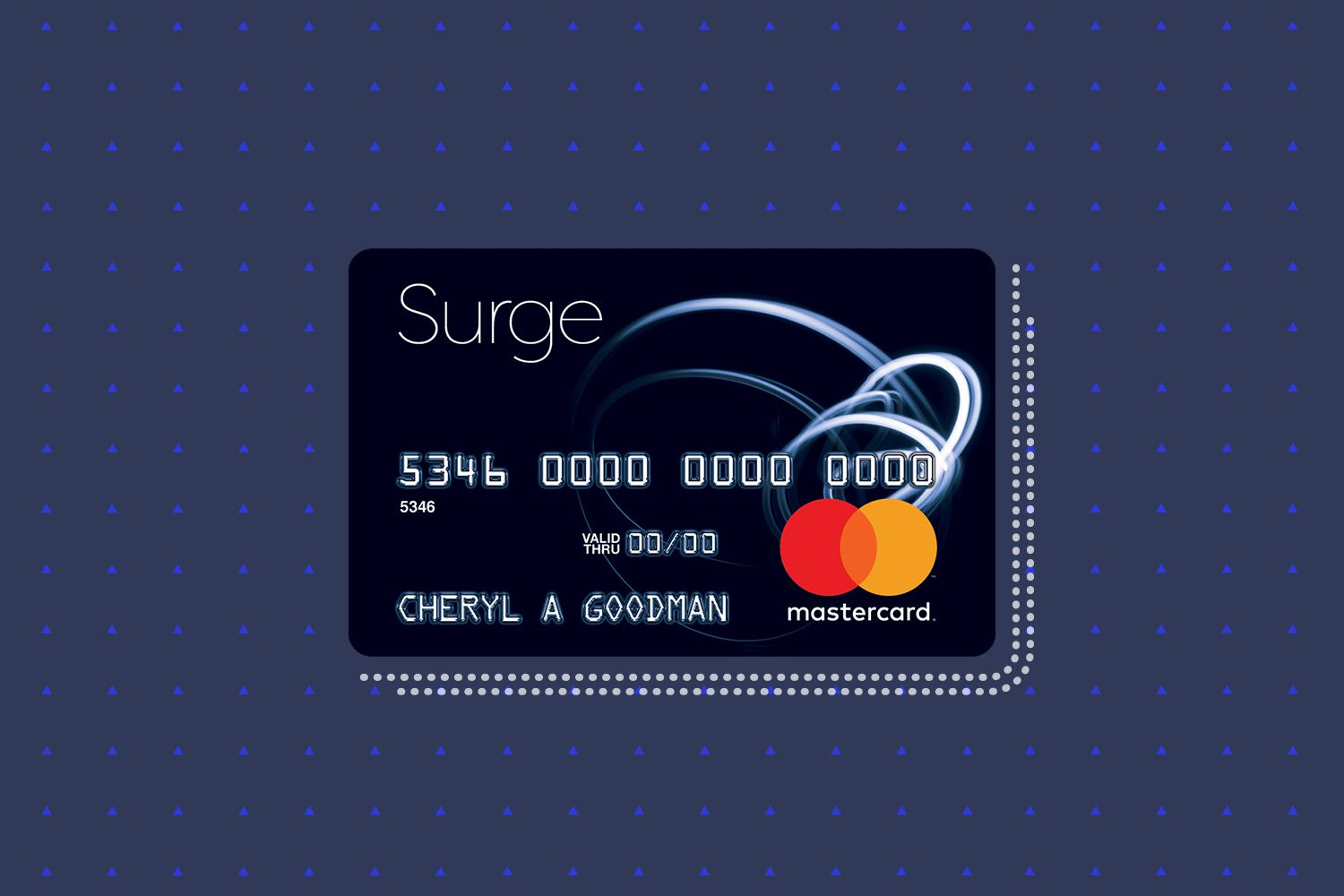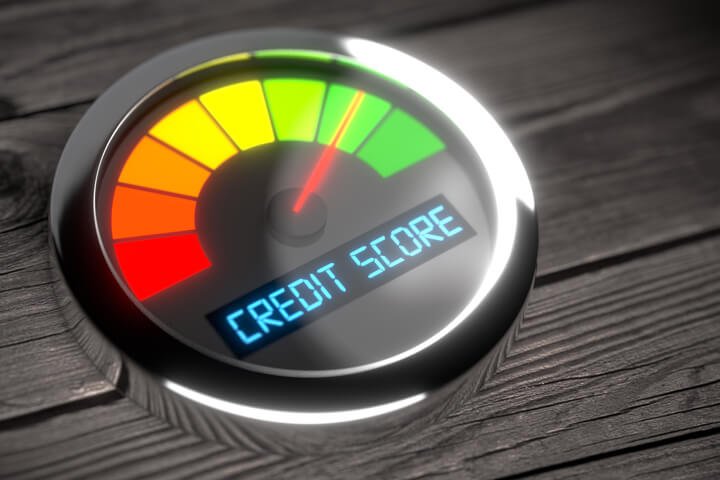
These are the two most important factors in your credit history. They make up nearly two thirds of your total score. These are payment history and debt. The length of your credit history accounts for 15%. Next is your credit history. Your score will be higher if you take care to avoid high credit balances and make timely payments.
History of payments
If you're looking to get a loan, your payment history can make a big difference. When determining credit score models, several factors are considered. This includes how timely you pay your bills. The number and size of late payments you make can affect your overall score. Avoid lowering your score by paying all bills on time.
A late payment is a big factor in lowering your score, and is generally considered to be 30 days late. A delay of just a few days will affect your score. The mark will remain on your credit file for seven years. Although lenders will not report payments more than 30 days late, they will charge you a fee if you miss your due date.
Debt
Your credit score is 30% dependent on your debt. You need to be aware of how much debt you have and how much you can afford to pay each monthly. Your debt amount can be affected by many factors. It is important to not charge things that you don't really have the cash for. This will reduce your score if you owe greater than you can afford.

Another way to boost your credit score is to pay down as much of your debt as possible. It is best to keep your outstanding debts below 30% of the total credit limit. This shows lenders that you are responsible when it comes to debt. If you have a great payment history, you can also increase credit limits. If you have a track record of paying your bills on time, most lenders will not increase your credit limit.
Credit mix in use
Your credit score will be affected by your credit mix. Although you may have good credit with both installment and revolving credit, it is not enough. You can manage multiple credit types and pay them all each month. This credit mix could be cancelled if you are a frequent late payer, have high credit utilization, or have bankruptcy.
The percentage of credit types you have is about 10% of the credit score. This could include retail accounts and installment loans. Having a diverse mix of credit types helps lenders see that you can manage your financial obligations and improve your score.
Credit history length
It is important to look at the length of credit history when building credit scores. The longer your credit history, the higher your score will be. This factor is calculated using the sum of the ages for all your accounts, divided by the number of accounts. Eight years is your average credit history. Your credit score considers not only the total credit history but also the age of each credit account as well as the date you last used it.
Your credit score is calculated based on a complicated algorithm that considers a number of factors, including the age of your accounts. Credit scoring models are based on the oldest account.

Credit limit or debt
Your credit score includes several factors such as the debt to limit ratio. Your debt-to credit limit ratio is a percentage your total credit line. Many lenders use this number in their scoring formulas to calculate the ratio. Lenders want to see a low ratio of debt-to-limit. A high ratio is a sign that you are a risky borrower, which can lower your credit score.
The debt-to credit limit ratio is calculated by subtracting the total amount you owe from the amount of credit available. You should aim to maintain a debt-to-limit ratio of less than 30%. Your credit score can be affected if it is higher than 30%.